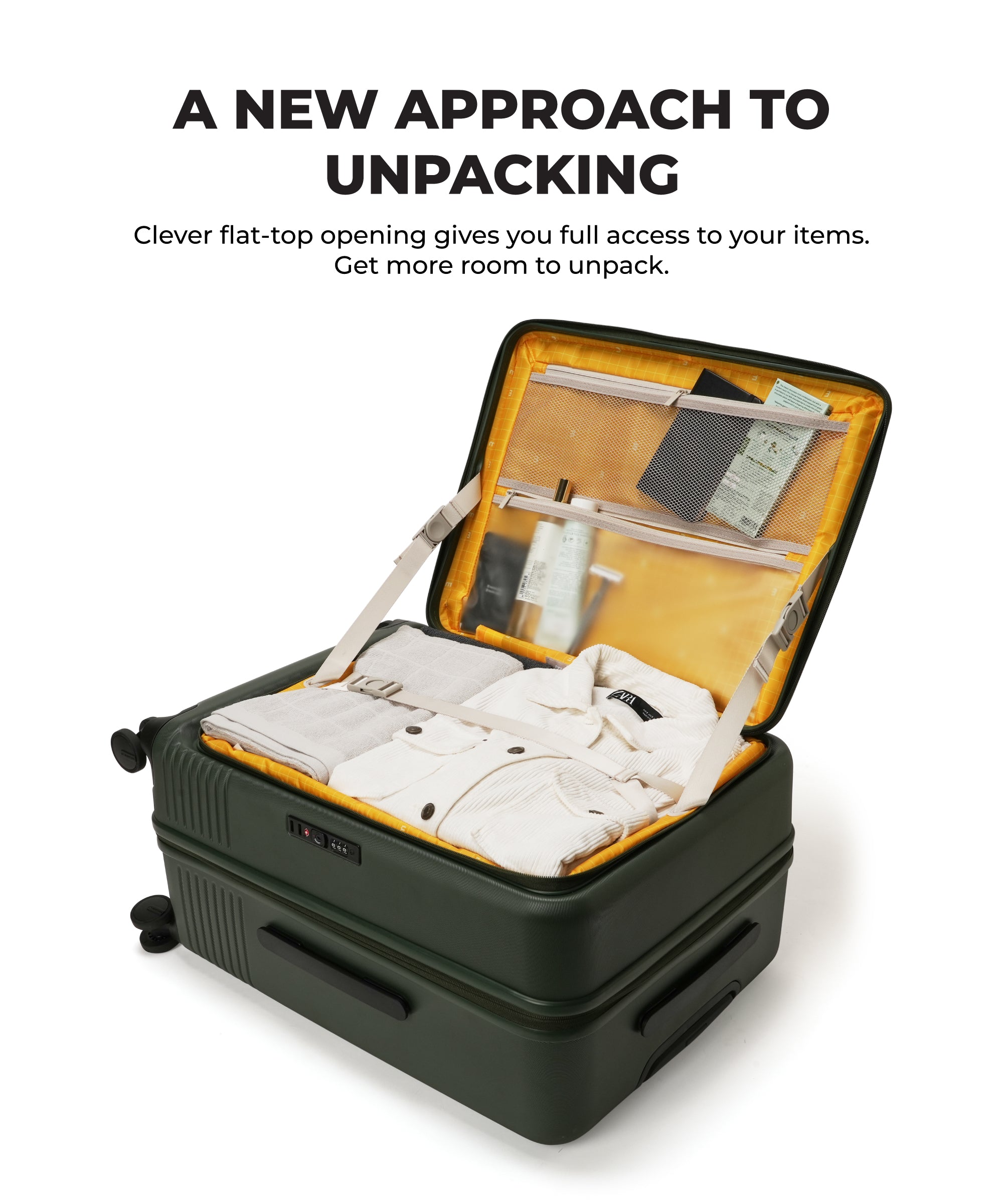ニュース Do all checked bags get opened?. トピックに関する記事 – Does security open checked luggage
Checked Baggage Screening
The majority of checked baggage is screened without the need for a physical bag search. Inspection Notices: TSA may inspect your checked baggage during the screening process. If your property is physically inspected, TSA will place a notice of baggage inspection inside your bag.If your bag is unlocked, then our officer will simply open and screen the baggage if any item alarms. However, if you decide to lock your checked baggage and TSA cannot open it through other means, then the locks may have to be cut. For soft-sided baggage, this process will not damage your zippers or zipper pulls.If the TSA finds a prohibited item in your checked bag, they will take it out and give you two options: You can throw it away. You can exit the line and put the item in your carry-on luggage and go back through security.
What is not allowed in a carry-on bag TSAFirearms, ammunition, and fireworks are prohibited, as are all knives and safety razors (including pocket knives and Swiss Army knives). Straight razors and replacement blades for straight razors are also not allowed. Most tools also cannot be packed in carry-on luggage, as they have the potential to cause harm.
How often do checked bags get searched
TSA screens approximately 1.4 million checked bags for explosives and other dangerous items daily. Upon check in, your checked baggage will be provided to TSA for security screening. TSA does random bag searches on checked Baggage. Your bag may have been searched at random.10 Surprising Things That Could Trigger a Bag Search at the
- Peanut butter.
- ChapStick. Dense organic matter sometimes raises flags.
- Books.
- Aluminum foil.
- Cords.
- Leaded crystal glass.
- Microphones.
- Salt.
Can TSA open locked checked bags
If you use a non-TSA-approved padlock to keep your suitcase secure, the authorities may have to cut the lock off in order to access the inside of your luggage. With a TSA-approved luggage lock, the TSA will have a universal key to open the lock to check your bag and then re-lock it to ensure it remains secured.
Most modern suitcases have TSA Locks, which enable Customs Officers around the world to access your suitcase if they need to check the contents without breaking into your case. There are various types of TSA Locks on the market, but they essentially work the same.
What are the rules for checked bags
Checked Luggage
Most airlines will allow you to check one bag and have one carry-on bag. There is normally a maximum weight limit of 50 pounds per checked bag as well as a size restriction. The most common maximum size bag allowed is 62 linear (total) inches. A common size bag for checking through is: 27" x 21" x 14".Liquids, gels and aerosols packed in carry-on must follow the 3-1-1 liquids rule: 3.4 ounces or less per container. 1 quart size, clear, plastic, zip top bag (all liquids must fit in bag) 1 bag per passenger.If there is any doubt or something suspicious about your bag, a member of security personnel will inspect it by hand. If they cannot get into your lock with a master key, they may have to open it with other means, but it will be wrapped up and secured after inspection.
If so, there are a few reasons. The x-ray operator might of flagged it for something that needs to be inspected. Another reason is that it kept getting lost in the baggage handling system and had to be manually screened by the TSA.
Why does TSA always open my checked bagIf the X-ray suspects that there is something suspicious in the bag, it is rejected and the X-ray image is sent to a human screener. If this screener is unable to clear the bag, it is sent to secondary search where it is opened and inspected by a human (TSA Officer or other screening authority). It's that simple.
What happens if my luggage doesn’t have TSA lockThis means all TSA agents have a master key that allows them to open your bag if they feel it needs extra screening. If you use a non-TSA lock, they'll have to cut it off if they wish to get into your suitcase.
What is not allowed in checked luggage
Firearms and ammunition, as well as any replicas or imitations. Explosives and flammable items, such as fireworks, gas, and aerosols. Poisonous and toxic substances, including pesticides and certain chemicals. Lithium batteries and other hazardous materials, as these can pose a safety risk if not handled properly.
Flammable liquids and solids such as lighter refills, lighter fuel, matches, paints, thinners, fire-lighters, lighters that need inverting before ignition, matches (these may be carried on the person), radioactive material, briefcases and attache case with installed alarm devices.Placing these items in the small bag and separating from your carry-on baggage facilitates the screening process. Pack items that are in containers larger than 3.4 ounces or 100 milliliters in checked baggage. Any liquid, aerosol, gel, cream or paste that alarms during screening will require additional screening.When you're packing, remember to limit anything liquid-y to 3.4 ounces (100 milliliters) or less and to place those items in a clear, quart-sized plastic bag, one bag per traveler. Think the usuals, like shampoo, toothpaste, and aerosol or roll-on liquid deodorant (solid deodorant isn't regulated by the 3-1-1 rule).


:max_bytes(150000):strip_icc()/peo-luggage-test-beis-soft-sided-collapsible-check-in-roller-jthompson-1180-4de0b8f863ad4a7b999fc52e2ba73171.jpeg)

